The Fascinating Heavens
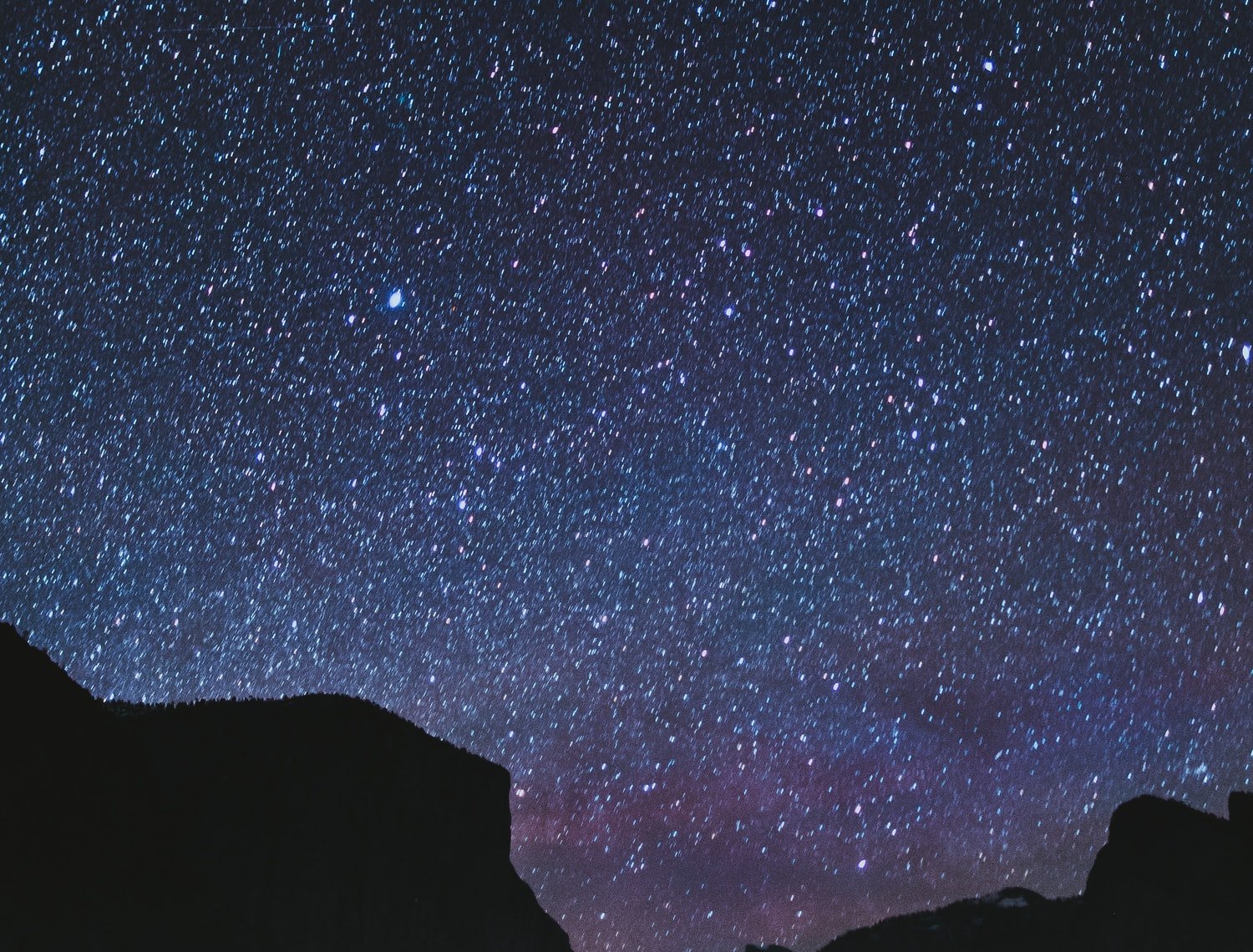
Since time immemorial man has always been fascinated by what is going on in the sky. We know this from records left behind from ancient civilizations and Kingdoms like; Mesopotamian, Egyptian, Babylonian, the Greeks, the Mayan, the Incas and so many other civilizations and empires.
These ancient men have always been awed by the heavens, intrigued by the magnificence of the Sun, the phases of the moon, the positions of the stars and so many other heaven-related matters.
Their wish to know about how the heavens work gave birth to astrology.
Astrology which is the study and belief of celestial bodies and their effect on human affairs gave birth to what we call astronomy today.
Astronomy is the study of the universe, which include mapping, location, and properties.
Until the renaissance period, astronomy had been entwined and soiled by the fallacies in astrology. Great men like Galileo Galilei, Johannes Kepler, Isaac Newton, and many others helped lay the foundation for modern astronomy.
Modern astronomy which we can say began in the 19th century has grown and is growing at a rapid rate.
Technological development ushered in a new era, man has been able to go to space, land on the moon, build thousands of satellites, send spacecraft to explore neighbouring planets and we also have telescopes in space mapping and sending photographs of distant galaxies.
The knowledge we have of the universe is unlike before. But despite the enormous knowledge we have about the stars, when compared to how vast, mysterious, and unknown the universe is; it is very little. That’s why humans are still exploring and spending a lot to learn about the universe.
Pictorial glimpse
Today I would be sharing with you pictures that would make you appreciate astronomy and know how vast the universe is.
Note: these pictures are drawn to scales.
In this picture is the planet earth: our home. The only planet we know as of now that contains and supports life.
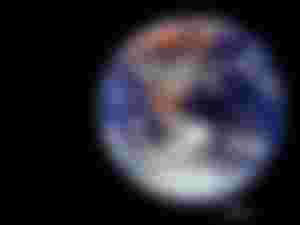
This is a picture of the earth and moon. The moon is earth’s only natural satellite. Other planets in the solar system have a lot of moons. For example, Mars has 2 moons.
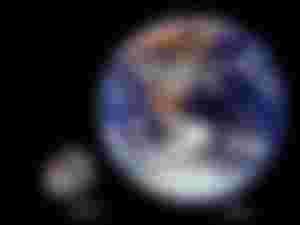
This picture shows the first four planets in our solar system. These planets have similar compositions: they are all rocky. They are called the terrestrial planets and they are also called the innermost planets due to their closeness to the sun.
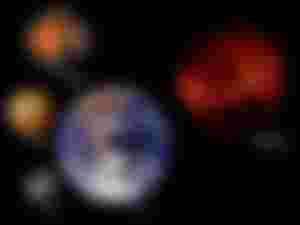
Here come the giants' planets; Jupiter, Saturn, Uranus, and Neptune. These four planets are composed mainly of gases, unlike the first four planets.
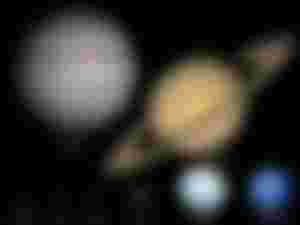
This is a picture of our entire solar system drawn to scale. You can see the size of the earth and other planets compared to the sun.
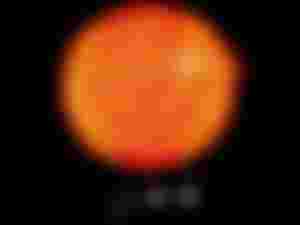
This is a picture of the closest star (note that our sun is a star) to our solar system called Sirius. Our sun is so small compared to it.
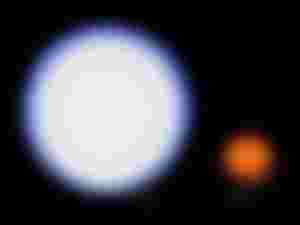
Comparison with Pollux: the nearest star giant star to our solar system.
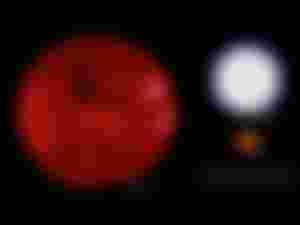
Then Arcturus. Note the sentence in this picture: “the earth is invisible at this scale”. Did you notice the size of our sun and its colour compared to other stars in the picture? Our sun is a yellow dwarf star.
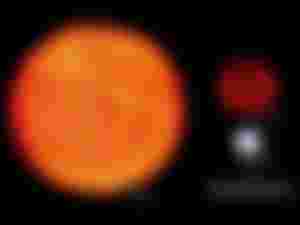
In this picture, our entire solar system and sun are only a dot.
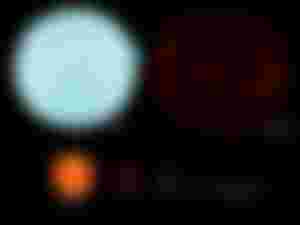

I hope these few pictures have been able to show you how vast the cosmos (universe) is.
I would continue this topic in the next article showing you more pictures and more info to awe you about the wonderful universe you are in.
Disclaimer
These pictures are not mine, the reason why I didn’t add my source of the pictures is that I don’t where the original came from. I got these from a friend of mine who posted them on his Whatsapp status. I, therefore, apologize to anybody for using their images without proper credits or consultation. The usage of the pictures are for educational purposes alone.
26-07-2022
11:00 am
Look forward to my next publication.
Thanks for reading
You can connect with me on these platforms
Hive | Noise cash | Instagram | Twitter | Telegram

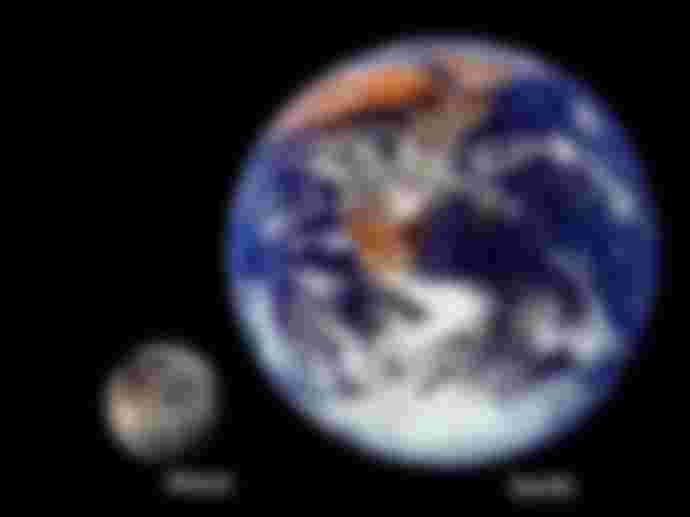
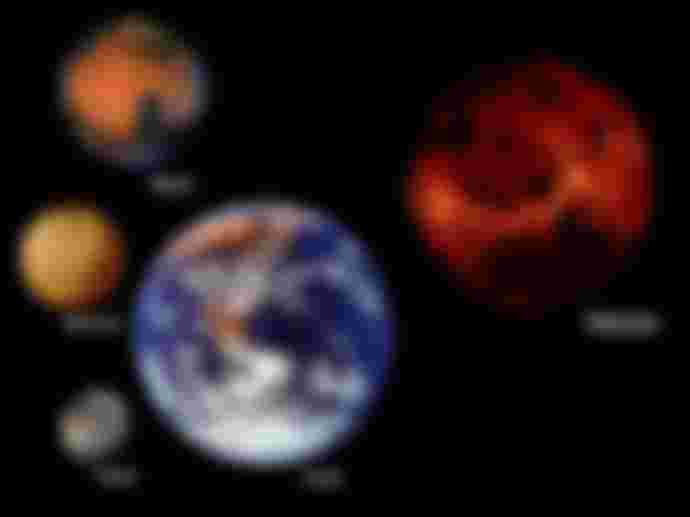
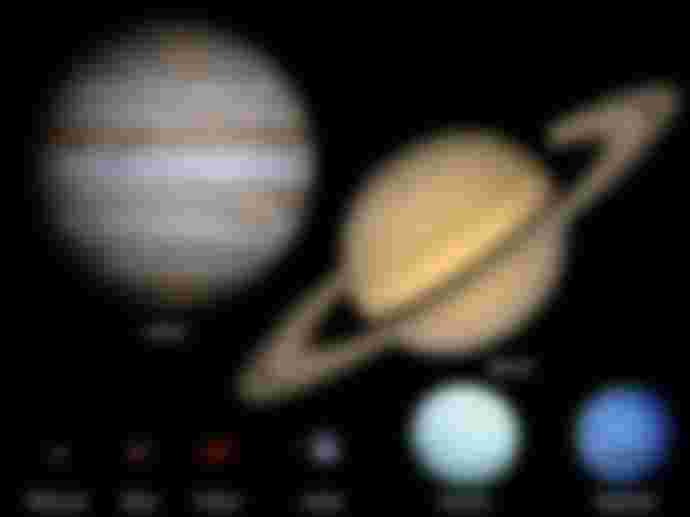
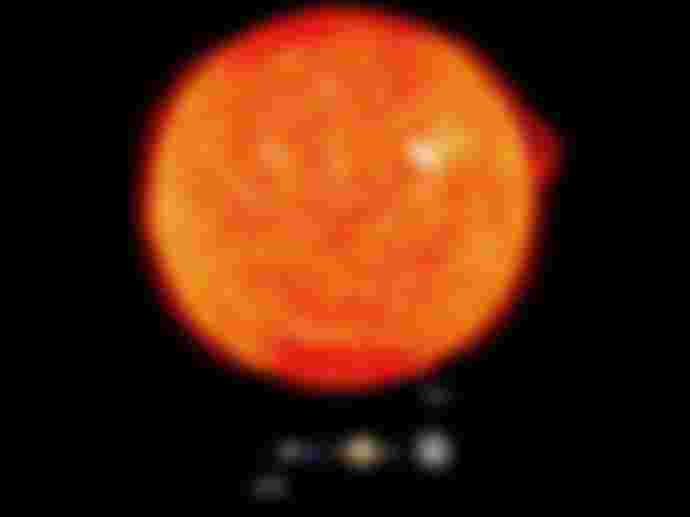
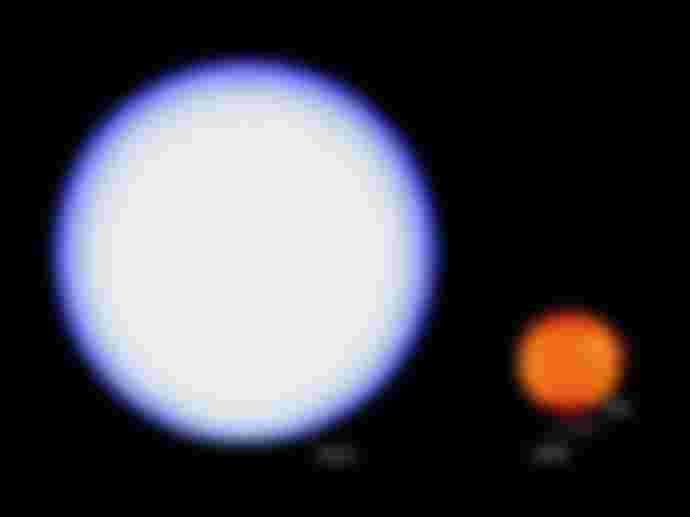
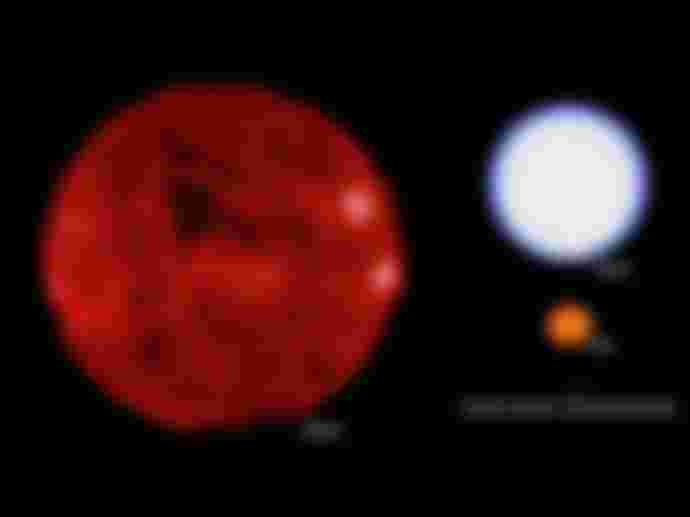
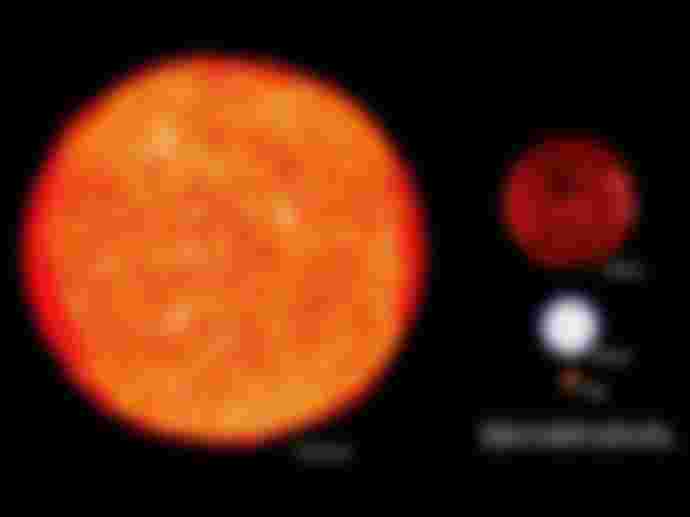
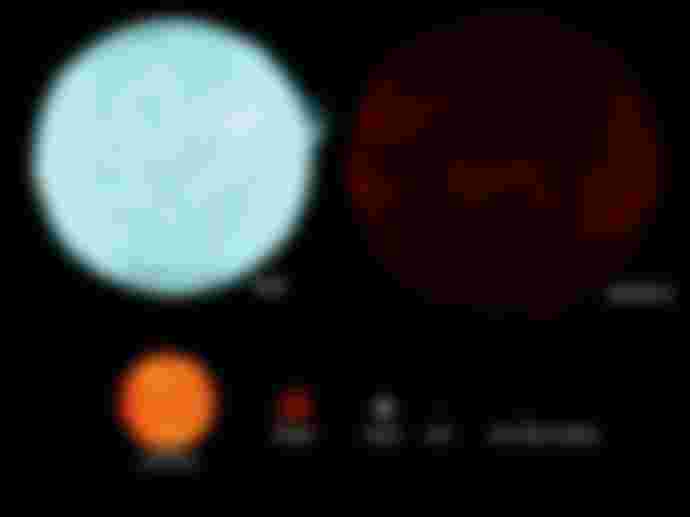

I really love Science, and about universe is one of my favorite topics. Thank you for this, I learned things again.